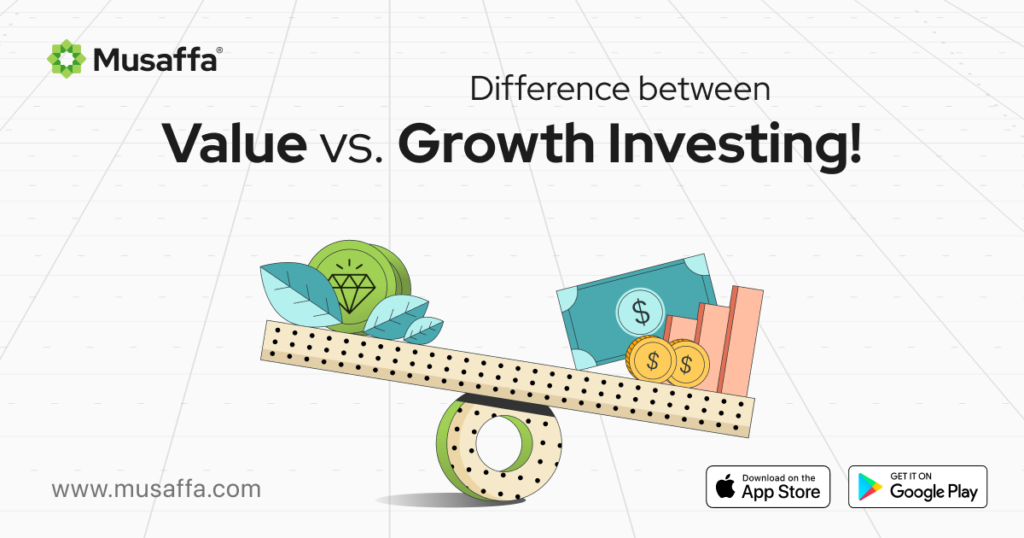
When it comes to investing in the stock market, one of the most common debates among traders and investors is the choice between growth stocks and value stocks. Both types of stocks have their own unique characteristics, advantages, and disadvantages, making them suitable for different investment strategies and risk tolerances. In this article, we will delve into the key differences between growth stocks and value stocks, discussing their definitions, characteristics, and examples, as well as providing tips on how to invest in each type of stock.
Definition of Growth Stocks
Growth stocks are shares of companies that are expected to experience high growth rates in the future, driven by factors such as innovative products, expanding markets, and competitive advantages. These stocks often come from companies that are in the early stages of development, and their growth is characterized by increasing revenue, net income, and market capitalization.
Key Characteristics of Growth Stocks
- High Growth Potential: Growth stocks are expected to experience high growth rates, often exceeding the broader market average.
- Innovative Companies: Growth stocks often come from companies that are innovating and disrupting existing markets or industries.
- Expanding Operations: Growth stocks may involve companies that are expanding their operations, either through geographic expansion or the introduction of new products or services.
- High Valuation: Growth stocks are often valued higher than their earnings, reflecting the perceived potential for future growth.
Examples of Growth Stocks
- Amazon (AMZN): Amazon is a growth stock leader, with a history of innovative products and expanding operations.
- Tesla (TSLA): Tesla is a growth stock in the electric vehicle industry, with a strong competitive position and expanding market share.
- Alphabet (GOOGL): Alphabet, the parent company of Google, is a growth stock leader, with a strong track record of innovative products and services.
Definition of Value Stocks
Value stocks, on the other hand, are shares of undervalued companies that are expected to generate high returns in the future, based on their current price and earnings. Value stocks are often characterized by discounts to the intrinsic value of the company, taking into account factors such as dividends, book value, and other accounting metrics.
Key Characteristics of Value Stocks
- Undervalued Companies: Value stocks are companies that are considered undervalued by the market, often due to factors such as low earnings or weak industry performance.
- High Dividends: Value stocks may involve companies that offer high dividend yields, reflecting the potential for steady income returns.
- Book Value: Value stocks may be characterized by a high book value, reflecting the company’s tangible assets and net worth.
- Low P/E Ratio: Value stocks often have low Price-to-Earnings (P/E) ratios, which can make them more attractive to value investors.
Examples of Value Stocks
- Coca-Cola (KO): Coca-Cola is a value stock leader, with a strong track record of dividend payments and a low P/E ratio.
- Johnson & Johnson (JNJ): Johnson & Johnson is a value stock leader, with a strong history of dividend payments and a high book value.
- ExxonMobil (XOM): ExxonMobil is a value stock leader, with a strong track record of dividend payments and a low P/E ratio.
Key Differences between Growth Stocks and Value Stocks
- Risk vs. Reward: Growth stocks are considered riskier than value stocks, due to their high growth potential and relatively low earnings history.
- Growth vs. Yield: Growth stocks are designed to generate high returns through growth, while value stocks offer steady income returns through dividends.
- Investment Horizon: Growth stocks are often suitable for longer-term investors, while value stocks may be more attractive to shorter-term investors.
- Risk Tolerance: Growth stocks are suitable for investors with high risk tolerance and a willingness to take on market volatility, while value stocks are more suitable for investors with lower risk tolerance and a focus on steady income returns.
Tips for Investing in Growth Stocks
- Conduct Thorough Research: Research the company’s financials, products, and competitive position before investing in any growth stock.
- Diversify Your Portfolio: Spread your investments across a range of growth stocks to minimize risk and maximize returns.
- Monitor the Market: Keep an eye on market trends, competitor activity, and regulatory changes that may impact the company’s growth prospects.
- Set Realistic Expectations: Set realistic expectations about growth rates and potential returns before investing in a growth stock.
Tips for Investing in Value Stocks
- Look for Quality Dividends: Invest in companies with a strong history of dividend payments and a sustainable dividend yield.
- Focus on Book Value: Focus on companies with a high book value, reflecting the company’s tangible assets and net worth.
- Monitor Earnings: Keep an eye on the company’s earnings performance, looking for signs of improving profitability and growth.
- Be Patient: Value stocks often take time to appreciate in value, so be prepared to hold your investments for the long term.
Conclusion
Growth stocks and value stocks are two fundamental concepts in the world of investing, each with its own unique characteristics, advantages, and disadvantages. By understanding the key differences between growth stocks and value stocks, investors can make informed decisions about their investment strategies and risk tolerance. Whether you’re investing in growth stocks or value stocks, always conduct thorough research, diversify your portfolio, and set realistic expectations about returns.
Word Count: 2948 words
About the Author:
[Your Name] is a seasoned investor and researcher with a passion for educating others about the world of finance and investing. With years of experience in the industry, [Your Name] has developed a keen understanding of growth stocks and value stocks, and has written extensively on the subject for a range of publications and websites.